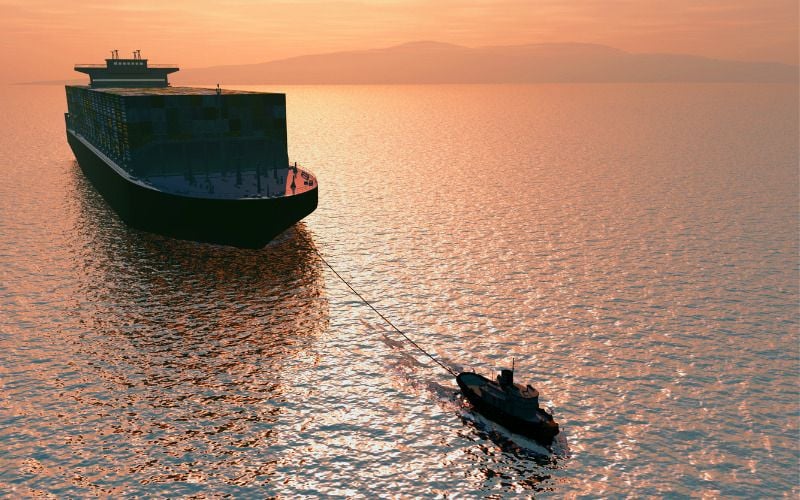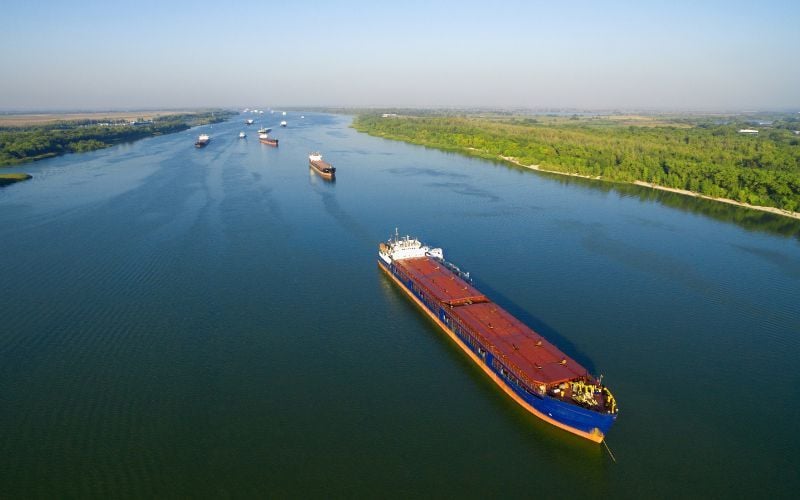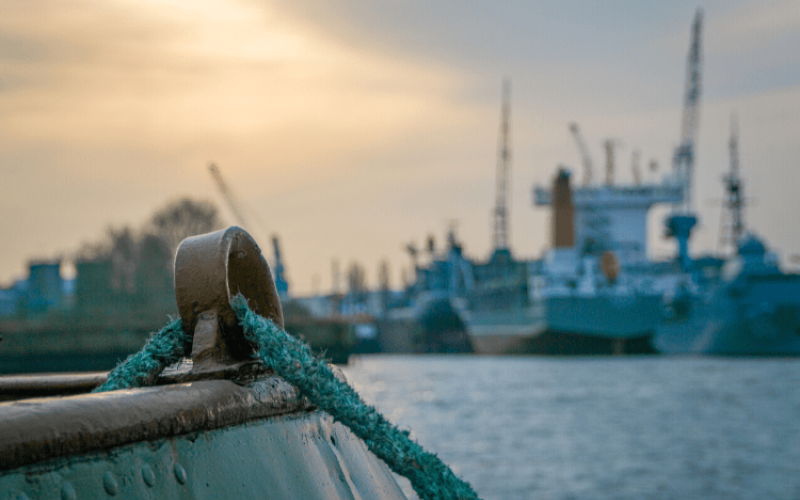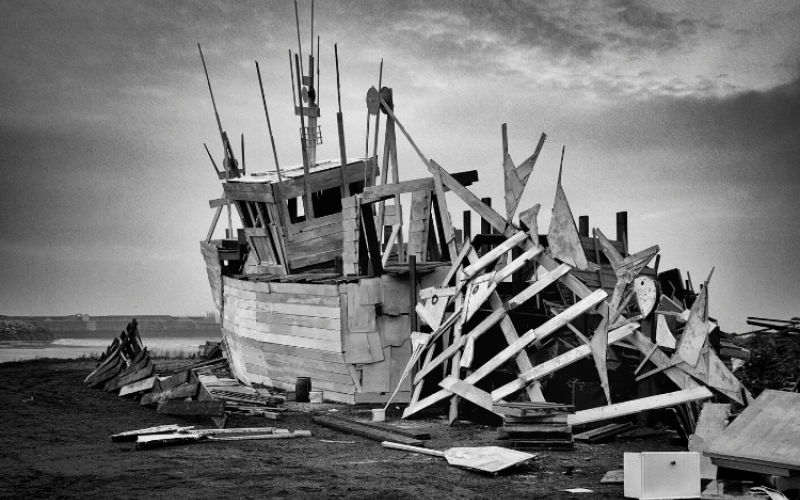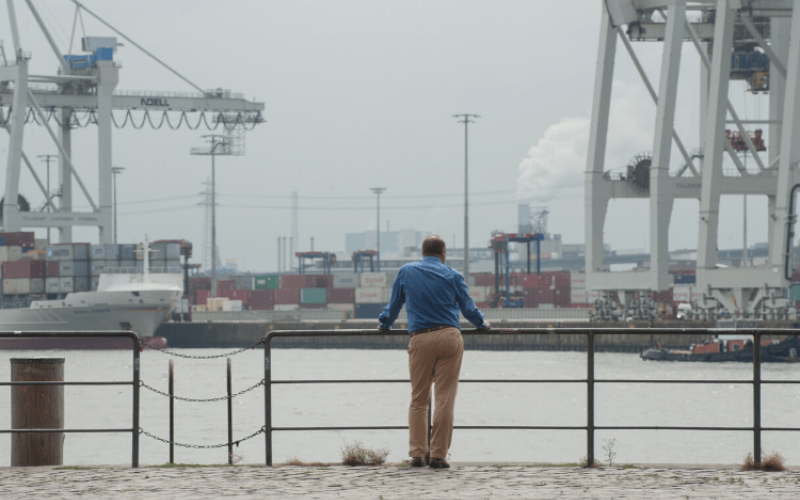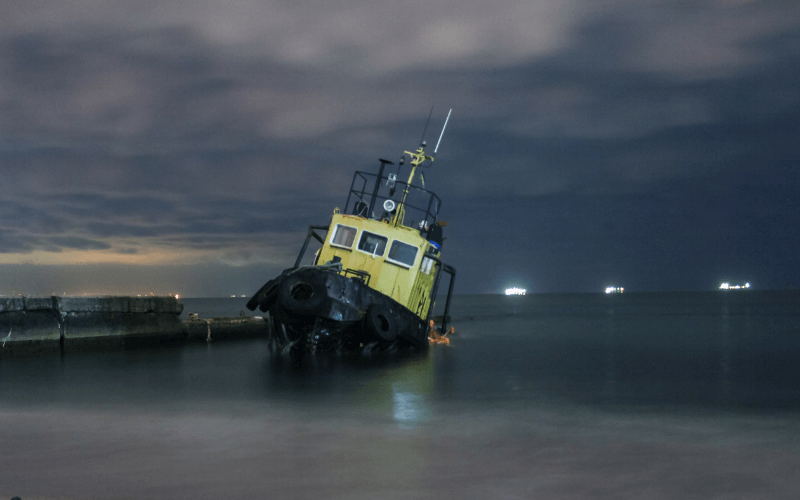Longshore and Harbor Workers’ Compensation Act
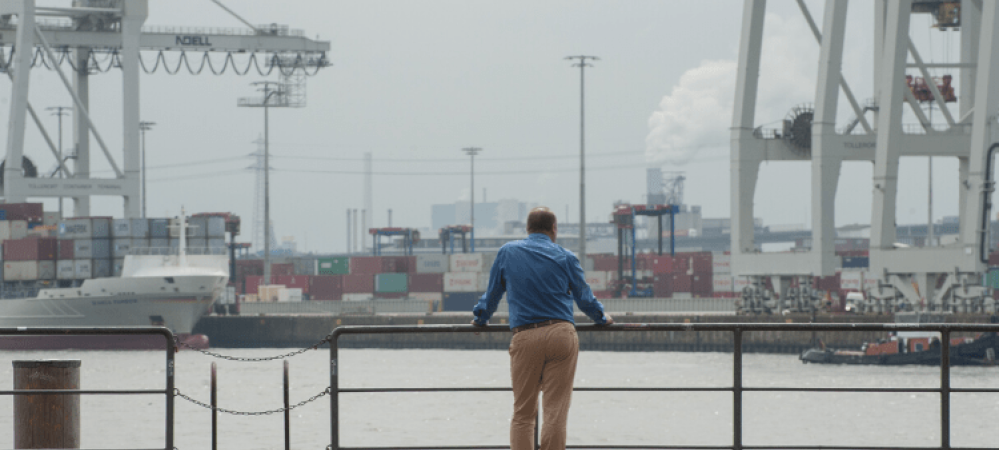
The Longshore and Harbor Workers’ Compensation Act is a federal law that provides medical and other benefits to longshoremen, harbor workers, civilian employees on military bases worldwide, and many other maritime employees. Read on to learn if you qualify for protection under the LHWCA and how it helps to protect injured workers.
What benefits does the Longshore and Harbor Workers’ Compensation Act offer?
The LHWCA provides benefits to injured workers who have workers with the following types of injuries:
- Temporary partial disability
- Temporary total disability
- Permanent partial disability
- Permanent total disability
The paid benefits cover a portion of lost wages, all reasonable and necessary medical treatments that have resulted from the injury, and travel expenses associated with receiving that medical care. If a worker is unable to return to his/her previous line of work, the act requires that the insurance company provide vocational rehabilitation benefits to its workers plus free job retraining in the cases of finding another job. It also provides coverage for surviving spouses of employees who died from work-related injuries or accidents.
Qualifications and Exclusions under the LHWCA
An injured sea worker must meet status and situs tests in order to qualify for LHWCA benefits. If they are unable to meet the criteria sited under these tests, they may still be eligible for state workers’ compensation benefits, however, these are usually less generous than LHWCA benefits.
The Status Test
The status test states that the injured worker’s duties must be at least partially related to seamen duties. This means that a significant portion of the employee’s work has to be related to water or marine transport.
There are some classes of employees that are almost always covered by the benefits under the LHWCA including longshoremen and others that assist in loading and unloading the vessels, repairing the ship, building the ship, and ship-breakers.
The Situs Test
The situs test has to do with the location of where the employee generally works for the employer. The test asserts that the employee must work on, near, or adjacent to navigable waters. This includes any area that might be utilized for loading, unloading, building, repairing, or dismantling a maritime vehicle.
This can leave some question on how far away the seamen must be from the water in order to still be considered adjacent to it. In general, if you are working within about a mile from the water, the LHWCA judge will most likely rule that you are working “on, near, or adjacent to navigable waters.”
The LHWCA does not cover employees that are not at increased risk of injury even if they do work on, near, nor next to navigable waters. An example of this is office workers. The act also does not cover specific marina employees, recreational water vehicle workers, aquaculture workers, or boat and ship captains and crew.
Can you be covered by both the LHWCA and Workers’ Comp?
Depending on the state the injured worker is in, they may be able to file a claim under the LHWCA and under the state’s workers’ compensation act for the same injury. He or she cannot receive double benefits, however, and not all states allow injured employees to proceed under both systems. If you’re you work on the water and have been injured while performing your duties and are unsure of how to proceed in being compensated for your injuries, give us a call: 757-622-8100.
"*" indicates required fields




